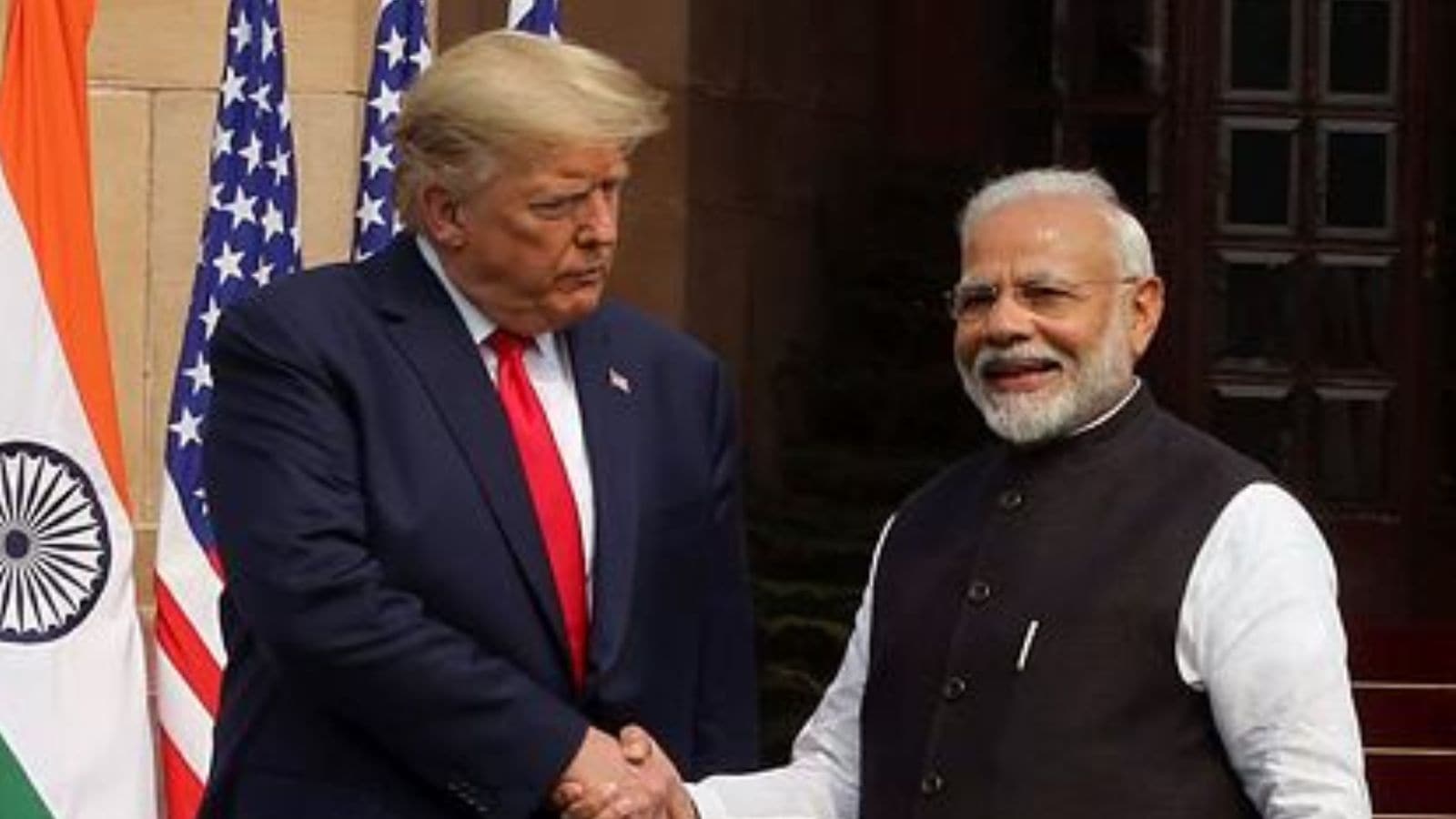When Prime Minister Narendra Modi visits Washington this week, he will be joining an elite list of world leaders — traditionally US allies — who receive special attention early in a new US administration. This is both a reflection of India’s rising importance to US interests in the Indo-Pacific and the world, as well as of the Donald Trump administration’s view that the US alliance network, in and of itself, is insufficient to manage the complexity of a more multipolar world. As Modi and Trump come together to discuss bilateral relations and global affairs, India should pay close attention to President Trump’s hierarchy of needs, starting with trade and homeland defence and reaching forward to global commercial development and the resolution of US involvement in wars overseas.
Story continues below this ad
President Trump is moving fast to enact key pieces of his domestic and international agenda, including an executive order on reciprocal trade that will form the basis of a tariff scheme aimed at leveling the playing field for the American worker and consumer. He has come hard out of the gate to pressure governments in North and South America to address both trade deficits and the inflow of immigrants from these continents into the US — and tariffs are the primary tool at his disposal. These moves have been surprising, but not shocking; from his first term and throughout the recent campaign, Trump has emphasised fair trade and border defence, and he has never been shy to use America’s significant economic heft to advance these goals.
However, India has a useful hand to play. First, in 2024 it held a rare trade surplus with the United States, removing this from the list of potential bilateral irritants. Second, India’s growing international weight is a net asset to the bilateral US-India relationship. With India’s bridging participation in various multilateral and minilateral groupings, such as the Quad, the Shanghai Cooperation Organisation and BRICS, not only can India represent the interests of emerging economies with which the US wants to engage, but it is also well-poised to play a counterweight role to that of China in Asia and the world.
On these topics, India’s interests may be aligned, if not a perfect match. The concern about China’s use of coercive power continues to grow as more and more examples of its pressure campaigns arise. While the border dispute between India and China seems to have calmed following a successful process of diplomacy between top Indian and Chinese diplomats, the dispute is not resolved and the actions of the last few years have engendered serious suspicion. This mistrust was evident recently when news broke of China’s construction of the world’s largest hydropower dam on the upper branches of the Brahmaputra river, which was received in Indian and global media as a serious potential threat to water security.
Story continues below this ad
Nonetheless, India is unlikely to join a full-throated US-led coalition directly opposing China. First, India has its own economic interests in maintaining a cordial relationship with China — its largest trading partner — even as it begins to compete against China and its firms for shares of global manufacturing, especially in the high-tech value chain. Second, India wants to maintain distance from security activities outside its immediate region, a trend that has, from a US perspective, lessened the effectiveness of the Quad as a check on Chinese use of force and coercion.
The US’s expectations for the Quad in the second Trump administration are shaping up. The grouping is clearly a high priority, with Secretary of State Marco Rubio immediately convening the Quad at the Foreign Minister level and the White House holding the first two leaders’ summits with Japan and India, respectively. But there are differences to be resolved between the Trump administration’s national security and diplomacy appointees. They see China as an existential threat and Trump himself seems equally satisfied to come to a trade deal with China as to confront it across all domains.
most read
What matters now for the India-US relationship is finding the areas on the margins of both sides’ ambitions where interests align. Beyond the immediate concerns of protecting the US domestic economy through trade restrictions and immigration sweeps, President Trump has ambitions to have the US industry lead in global development, especially commercial development, and to backstop the resolution of ongoing conflicts with US military strength and his personal relationships.
India may consider how to make itself a key partner in both lines of effort without eroding the non-alignment that has been a hallmark of its global presence. The key will lie in layering India’s preferences onto the Trump administration’s actions. Movement on further integrating Indian industry into high-tech supply chains, defining the Quad’s role in the region and the world, and using India’s influence to move the Ukraine war to a close and support a stable balance of power in the Middle East will be not only positive outcomes from the summit but also essential to managing the areas of tension that will arise from a new US strategic lookout.
The writer is Managing Director, ASPI, and Senior Fellow, Center for China Analysis.


